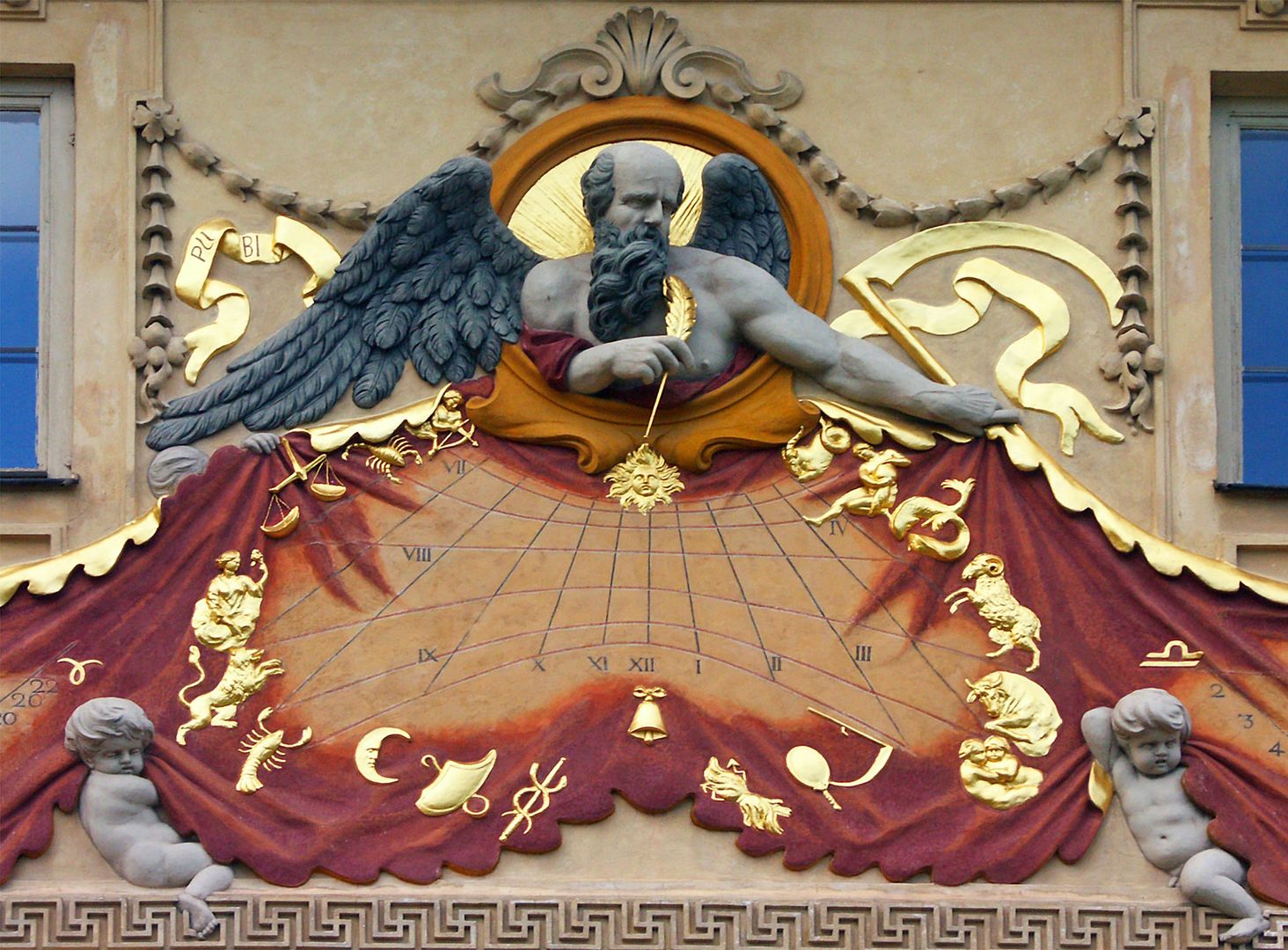Wilanów Palace
6.07

Overview
The Wilanów Palace is a Baroque monument built between 1681 and 1696 for King John III Sobieski and his wife, Marie Casimire, designed by Augustyn Wincenty Locci. The structure combines European art with architectural traditions, reflected in its original design, preserved painted and sculptural elements, and classical symbolism associated with the Sobieski family. Many renowned artists, such as Giuseppe Simone Bellotti and Jerzy Siemiginowski-Eleuter, contributed to the decorative work, enhancing the beauty of the palace’s façades and interiors. Surrounded by a park and ancillary buildings, the palace has retained its historical value and was declared a historical monument in 1994. Over the centuries, it served various roles—first as an aristocratic residence, then as a cultural hub hosting artistic events and concerts. The palace changed hands multiple times, including ownership by Elżbieta Sieniawska and later Izabela Lubomirska, who significantly enriched its art collection. In the 19th century, Stanisław Kostka Potocki transformed part of the palace into one of Poland’s first public museums. After World War II, the palace was damaged by occupying forces and later taken over by the state. Following extensive restoration work, it was reopened to the public in 1962. The palace complex has also been featured in philately, appearing on several postage stamps. Today, the palace houses the Museum of King John III's Palace at Wilanów, which manages both the palace and its surrounding park. It remains a key venue in Warsaw’s cultural calendar, blending rich history with contemporary artistic initiatives.
Location
Tickets
Powered by GetYourGuide
You can also find here:
2025 Wizytor | All Rights Reserved
